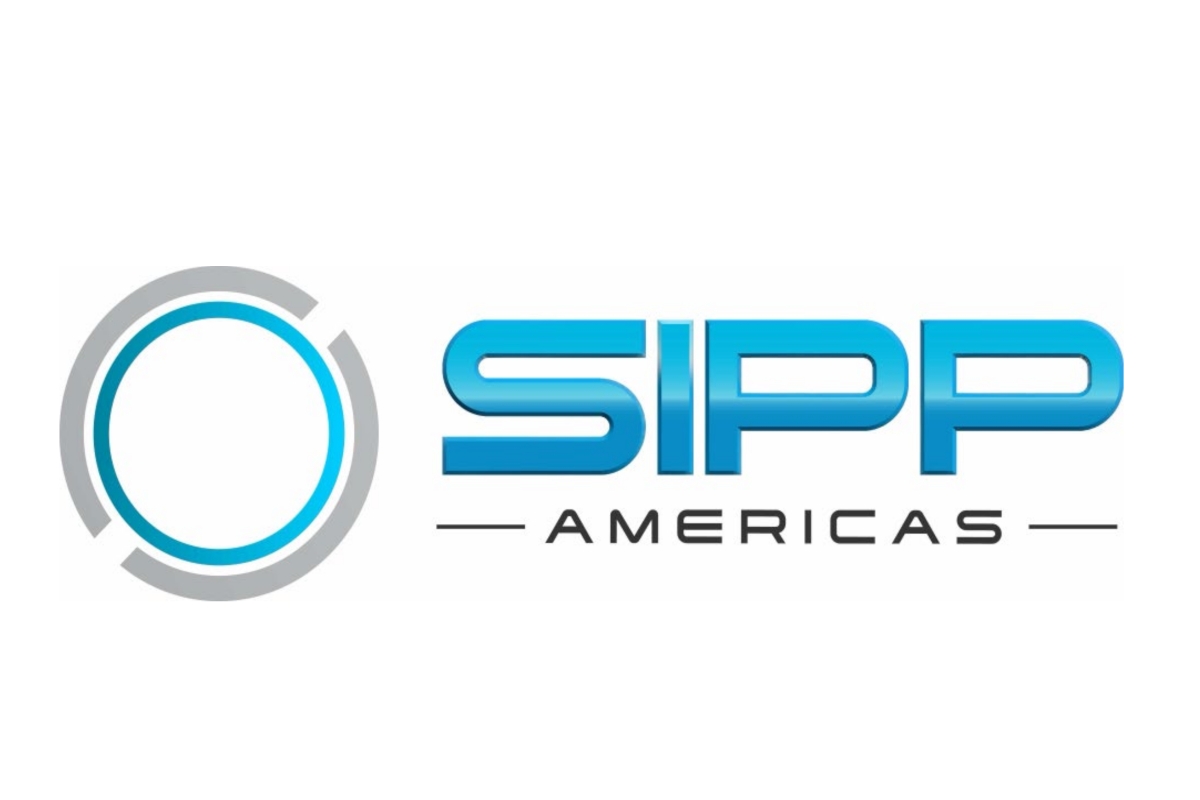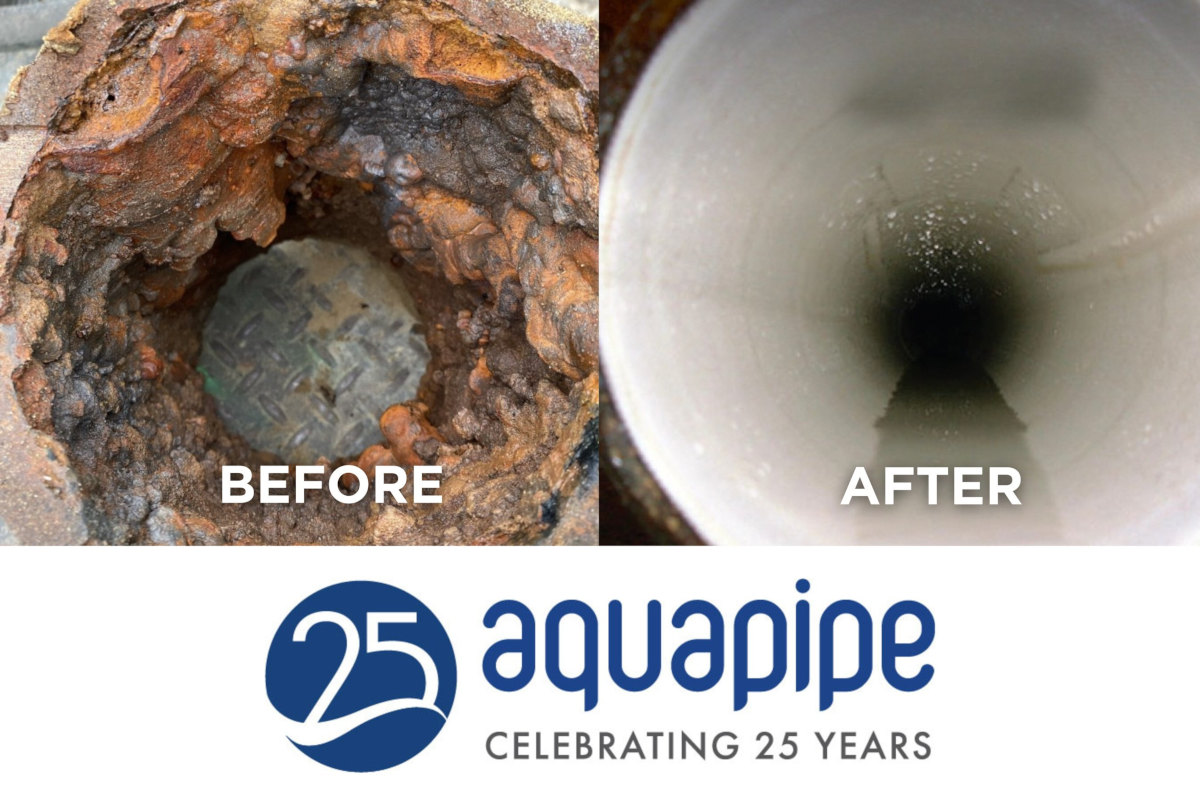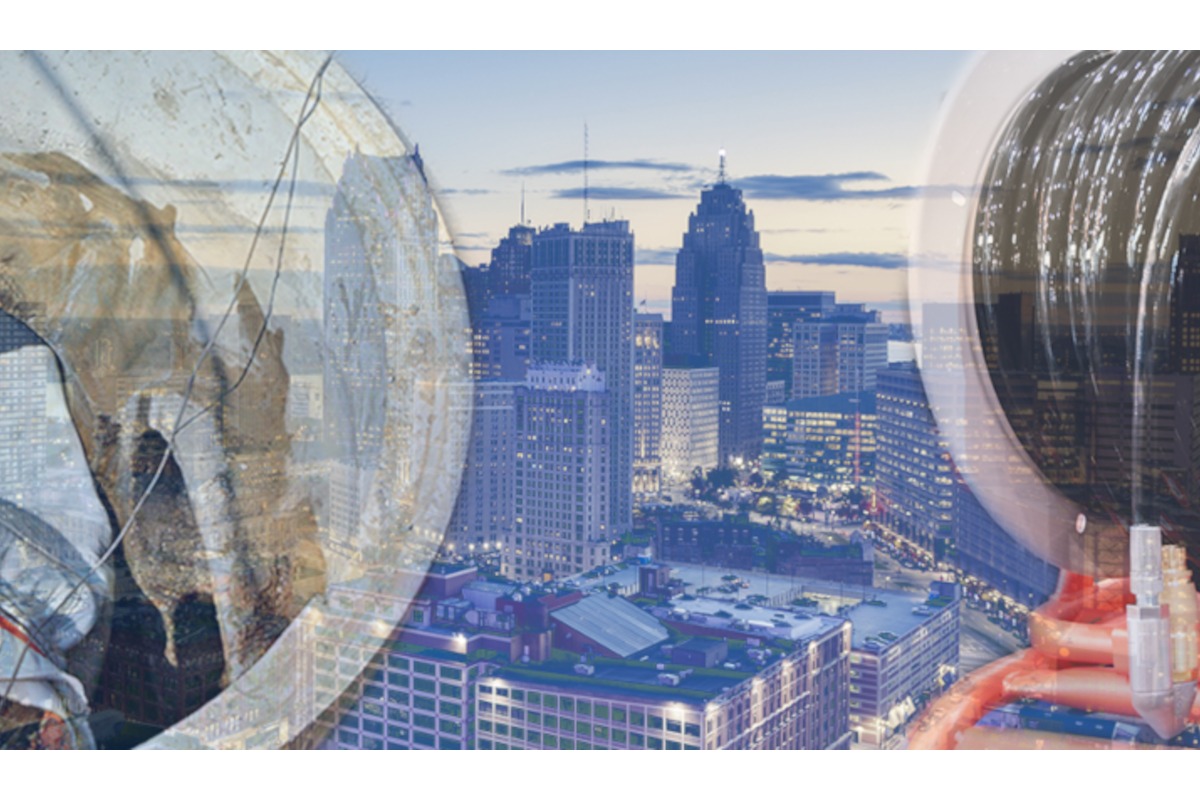
Expertise, Correct Materials Determine Trenchless Rehab Project Success
Stormwater drainage and sanitary sewer systems are under more stress now than perhaps at any point in history. Aging infrastructure, especially in large cities, is putting systems at risk of failure, and an increase in severe weather events is adding to the burden.
A failure to rehabilitate a system successfully jeopardizes its structural integrity, impacting community safety and access. It is more important than ever to choose the right materials – and the right partners — to ensure that stormwater and sewer rehabilitation is successful long-term.
Trenchless technologies provide a cost-effective and noninvasive way to rehabilitate municipal, industrial and commercial drainage infrastructure.
RELATED: Rehabilitating Degraded Manholes for Long-term Protection
So, what are the key indicators to look for when selecting a partner for trenchless rehabilitation?
Instead of starting with a focus on individual details products, it’s important to seek a complete solution that is ideally suited for the project’s unique needs.
Selecting the Right Method
Ultimately, the goal is to maximize the asset’s lifespan and structural integrity while minimizing the time needed to complete the project and ensuring the highest possible cost-effectiveness of the approach involved.
Budget and specifications must be finalized before final decisions about the approach can be made. A proper assessment must include a determination of the asset’s structural integrity and environmental conditions such as pH, soil, moisture, contamination and more. No two projects are alike, and a one-size-fits-all approach with materials proves to be inadequate in the field.
Cured-in-place pipe (CIPP) – the placement of resin impregnated lining material in a damaged pipe to improve structural integrity and mitigate corrosion – dates back more than five decades as a leading trenchless repair method.
While other approaches such as pipe bursting and sliplining have broadened the trenchless field, CIPP continues to be a popular approach given that it allows for the use of existing manholes as insertion points. It is especially useful for installation lengths greater than 400 ft, with long distances between access points.
As there are multiple CIPP options, a project’s parameters and environment must be carefully considered to determine which CIPP approach will yield the best result.
Traditional CIPP applications utilize steam or hot water curing while UV CIPP relies on UV light and is environmentally friendly. A thorough assessment at the beginning of any CIPP rehabilitation project is crucial to ensure the right materials and methodology are used for the specific situation at hand.

Right Partner Saves Projects
Likewise, selecting the right partners at the outset of a project is especially important. Complex projects may require multiple approaches for different segments. Attempting to apply a singular material to every repair is equivalent to trying to force a square peg into a round hole and may provide unpleasant surprises that require additional problem-solving.
A rehabilitation project in Kalamazoo, Michigan, underscores the importance of determining the right approach from the start.
A train yard in the area experienced a diesel fuel spill, threatening a nearby river. After assessing the storm drainage system for possible relining to prevent infiltration, the pipes were lined using CIPP and the six manholes and three catch basins were coated with cementitious material. While the CIPP work was successful, the cementitious liner application was not, causing the manholes to fail which allowed contaminated groundwater infiltration into the storm water drainage system.
Upon further assessment, it was determined that Structure Guard, a 100 percent solids epoxy coating system known for bond strength and chemical and corrosion resistance, would properly restore the structures. Switching materials ensured the job was completed on time, within budget and according to the design requirements of the asset owner.
Structure Guard was also used to salvage a rehabilitation project in Salt Lake County, Utah, that had progressed from an estimated two week-repair to three months with costs escalating daily.
A water reclamation facility required the rehabilitation of several thousand feet of large diameter interceptor pipeline. Originally, a bypass was to be in place for two weeks so that a urethane coating could be applied. Unfortunately, this turned out to be ill-suited for the infrastructure.
Further evaluation revealed that Structure Guard would provide the optimal repair. Structure Guard was applied to the vault and siphons of the structure, creating a protective layer best suited to the environment. The project was completed in just two days, ending the ongoing disruption.
Complex environments can offer difficult challenges for wastewater rehabilitation. A water authority responsible for providing potable water to 43,000 customers used an unusual pipeless water treatment facility comprised of 92,000 sq ft of vertical structures with clarifiers and wet wells. The sewer’s water emitted caustic gases that damaged the clarifiers and wet wells. Upon replacing those elements, the water authority looked to maximize their lifespan by applying a protective coating.
Initially, a multi-layer protective coating system was used, however that material proved especially vulnerable to the caustic gases and extremely humid environment. After a year of attempts, the project was incomplete.
Upon further evaluation, it was determined that Parsonpoxy SEL-80, an epoxy coating that provides long-term corrosion protection and structural enhancement, would deliver optimal rehabilitation results as it is resistant to hydrogen sulfide gas and only requires one application for a durable bond. After transitioning to Parsonpoxy SEL-80, more progress was made in one week than was made in the past year.
Using the right materials for wastewater rehabilitation ensures the end product will offer longevity, durability, and structural integrity.
Every project requires a specific solution tailored to the infrastructure, community and resources involved. The selection of the right materials and service partner can ensure that an approach is cost-effective, safe and successful.




